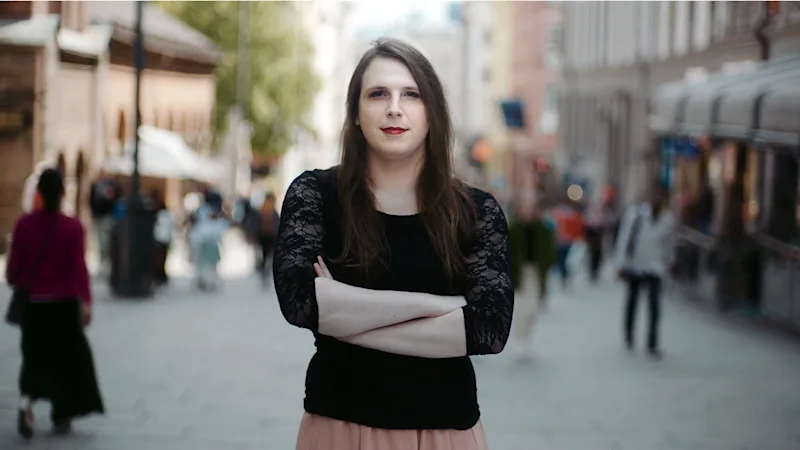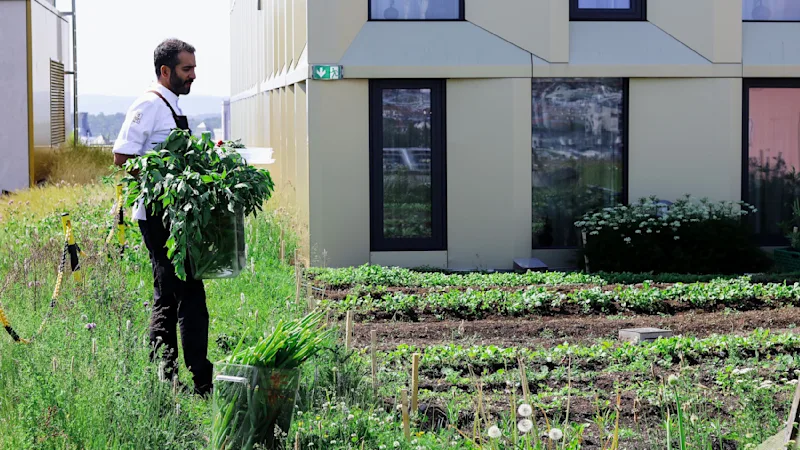Heart this

Heart this
Lonely Christmas Tree Seeking Presents
5 August 2025
Heart this
How Birgitte fell in love with Copenhagen, jazz and culture
10 June 2025

Heart this
Aurora’s Story as a Trans Woman: "I’m Not a Boy. I’m a Girl."
20 May 2025

Heart this
The most unique hotel rooms in the Nordics
10 July 2024

Heart this
New employees at Strawberry – from first-day jitters to a sense of belonging
1 April 2024
Heart this
Vacancies - We need reinforcements and that is where you come in!
1 January 2024
Heart this
"From: me / To: someone in need" – it warms the heart and brings a tear to the eye!
20 November 2023
Heart this
Employee mental health will always be a key issue
9 October 2023
Heart this
The biggest and warmest smile in Oslo's hotel world
27 June 2023

Heart this
The secret is out – we're taking a critical look at our own sustainability work
19 June 2023
Heart this
Game on: An expert's top five tips for children who game
30 May 2023
Heart this
Dominic Gorham: – Sommerro is the Perfect Storm
22 May 2023